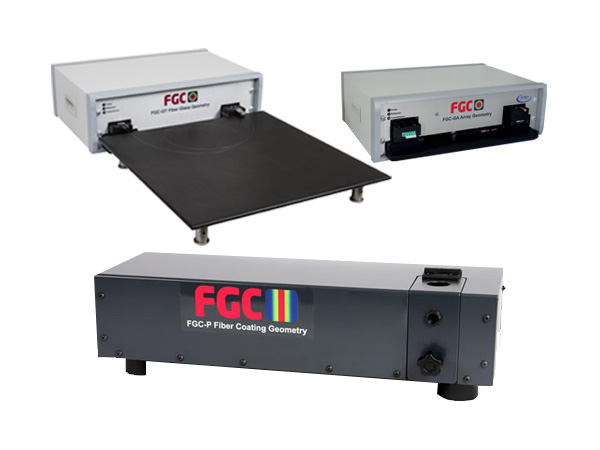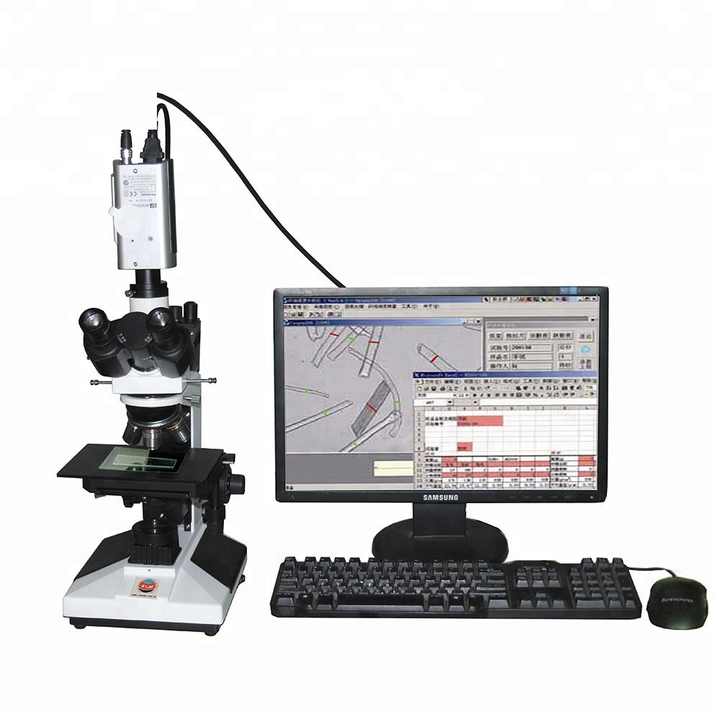The Role of an Optical Fibre Diameter Analyser in Product Inspection
The Role of an Optical Fibre Diameter Analyser in Product Inspection
Blog Article
Optimize Your Fiber Optic Efficiency: Understanding Optical Fibre Size Analyser Technology
The performance of fiber optic systems is seriously influenced by the precision of their size, a factor typically ignored in the search of optimal signal stability. Recognizing the innovation behind optical fibre diameter analysers reveals the detailed equilibrium between dimension precision and manufacturing quality.
Significance of Optical Fibre Diameter
The size of optical fibre plays a critical function in figuring out the efficiency and effectiveness of communication systems. It influences numerous essential criteria, consisting of the mode of light proliferation, attenuation, and data transfer capability. Bigger diameters generally enable for multiple light modes, facilitating higher information transmission rates. Alternatively, smaller sizes have a tendency to support fewer settings, which can boost signal clarity and reduce crosstalk.

Moreover, understanding the size's implications can bring about set you back financial savings by reducing the demand for signal boosting and repeaters in considerable networks (optical fibre diameter analyser). In final thought, the relevance of optical fiber diameter can not be overemphasized, as it directly impacts the general performance and dependability of modern-day interaction systems

How Diameter Affects Signal Quality
Signal top quality in optical fibre systems pivots significantly on the diameter of the fiber. A smaller size can lead to higher depletion rates, resulting in signal loss as light travels via the fiber.
Alternatively, bigger diameters usually enable boosted light capture and minimized modal dispersion, enhancing signal clarity. In multimode fibers, a bigger core size can sustain several light settings, however it may also introduce intermodal dispersion, which can degrade signal top quality. For that reason, choosing the optimal fibre diameter is important for accomplishing the wanted performance in certain applications.
Furthermore, the communication in between the fibre diameter and the wavelength of the light made use of plays an important role in establishing the efficient transmission range and total signal honesty. Because of this, comprehending exactly how fibre size impacts signal quality is crucial for network developers and engineers striving to maximize optical fibre systems for reputable, high-speed information transmission.
Review of Size Analyser Technology
In numerous optical fiber manufacturing procedures, precise dimension of fiber diameter is vital for ensuring constant performance and top quality (optical fibre diameter analyser). Size analysers are sophisticated instruments made to examine the physical dimensions of optical fibres with high accuracy. They employ advanced optical and laser innovations to measure the size, ovality, and concentricity of the fiber, thus supplying vital information for quality control
These analysers can run in-line throughout the production procedure or as part of off-line testing procedures. In-line systems make it possible for real-time tracking, permitting manufacturers to change criteria promptly, therefore maintaining optimal production problems. Off-line analysers, on the various other hand, give comprehensive evaluations of sets, ensuring that any type of deviations from defined resistances are determined and attended to.
Size analysers dramatically contribute to the decrease of problems in optical fibres, boosting overall product dependability. By continually gauging crucial criteria, these innovations help with conformity with industry criteria and specs. As the demand for high-performance optical fibres remains to increase, the function of diameter analysers comes to be progressively essential in accomplishing the preferred quality and efficiency criteria in fibre optic systems.
Trick Features of Fiber Size Analysers
Although numerous models of fibre size analysers exist, they frequently share a number of vital features that enhance their functionality and integrity. One of the most significant features is high-resolution dimension capabilities, which make certain exact diameter analyses, important for preserving high quality control in fibre production. Furthermore, several analysers include innovative optical sensors designed to identify minute variants in fibre diameter, therefore providing important data for process optimization.
An additional essential attribute is real-time tracking, allowing operators to get immediate feedback on fiber diameter throughout the manufacturing process (optical fibre diameter special info analyser). This ability facilitates rapid changes and minimizes the chance of issues. Numerous analysers likewise come furnished with straightforward user interfaces, enabling operators to quickly navigate with setups and information outputs
Moreover, robust data storage space and evaluation functionalities are vital for tracking historic performance patterns and making certain website link conformity with sector requirements. Some designs also supply connectivity options for combination right into existing production control systems, enhancing general operational effectiveness. Small and mobile designs enable for flexible implementation within production settings, making certain that top quality assurance procedures are smooth and reliable. These features collectively add to the effectiveness of fiber size analysers in enhancing fiber optic performance.
Best Practices for Fibre Optimization

First, normal calibration of optical fiber size analysers is vital. This guarantees exact dimensions and reduces prospective disparities that might influence performance. Next, preserving a tidy workplace is essential; dust and pollutants can cause signify degradation.
In addition, it is essential to choose fibers that satisfy details application demands. This includes evaluating elements such as attenuation, data transfer, and ecological conditions. Proper installation techniques must likewise be stuck to, including avoiding sharp bends and extreme stress, which can jeopardize fiber integrity.
Moreover, employing sophisticated monitoring systems can help with real-time efficiency assessments, enabling punctual identification of issues. Regular screening and upkeep should be carried out to guarantee that fibres continue to be within ideal operational parameters.
Finally, training personnel on the newest fibre optimization modern technologies and methodologies will certainly improve their capability to apply reliable approaches. By adhering to these best practices, organizations can dramatically improve the efficiency and informative post life expectancy of their optical fibre systems, making sure reliable interaction and data transfer.
Conclusion
In conclusion, the combination of optical fiber diameter analyser innovation is important for maximizing fiber optic performance. By guaranteeing precise measurements of fibre measurements, these analysers considerably boost signal high quality and decrease losses during information transmission. Regular calibration and maintenance of the analysers are critical to promote optimum performance and conformity with industry standards. Ultimately, the application of this innovation promotes enhanced data transmission prices and strengthens signal honesty, adding to the overall efficiency of fiber optic systems.
Signal quality in optical fiber systems pivots considerably on the diameter of the fibre.In numerous optical fiber production procedures, exact measurement of fibre diameter is important for making sure constant efficiency and high quality. As the need for high-performance optical fibers continues to increase, the duty of diameter analysers ends up being progressively important in accomplishing the desired top quality and efficiency standards in fiber optic systems.
These functions collectively contribute to the efficacy of fibre size analysers in optimizing fibre optic efficiency.
In final thought, the integration of optical fiber diameter analyser modern technology is vital for optimizing fibre optic efficiency.
Report this page